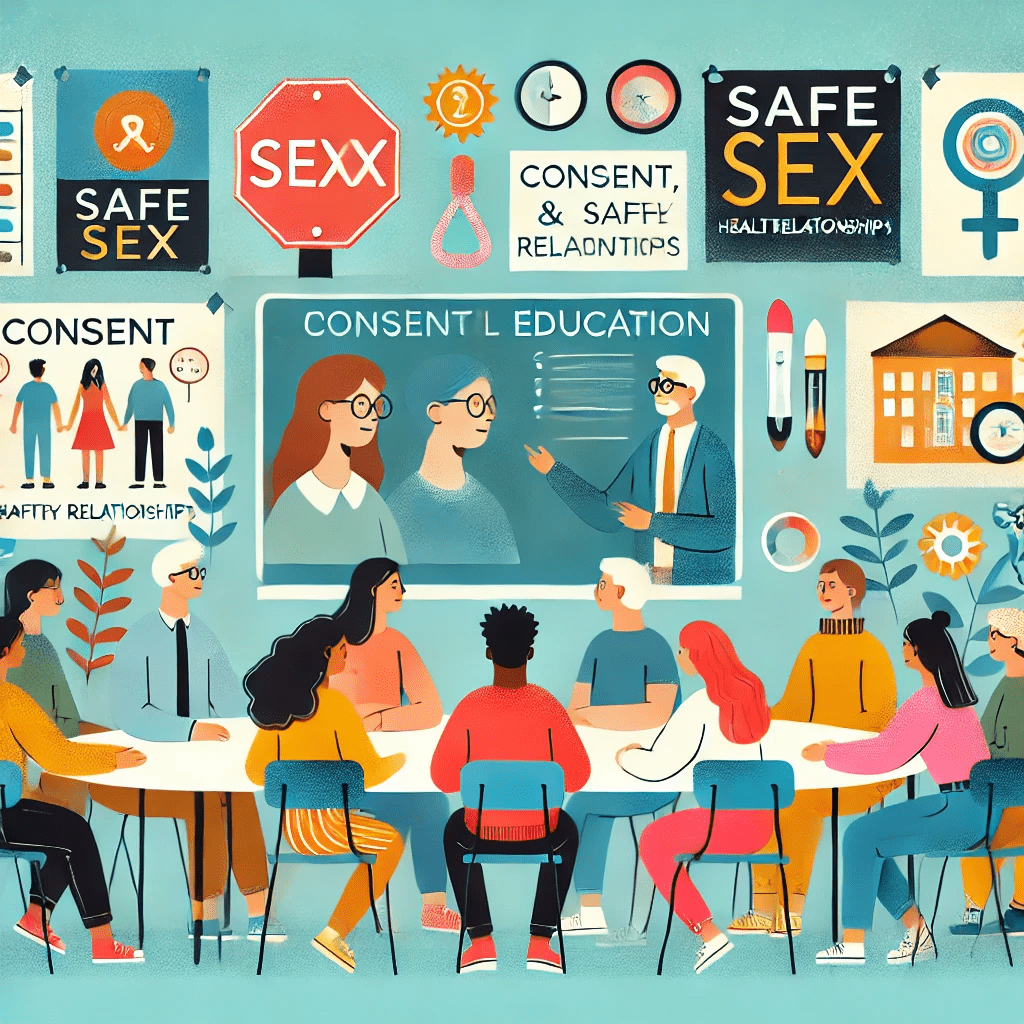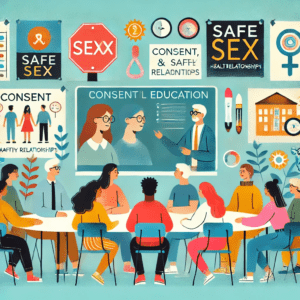Sex education has long been a controversial topic, often surrounded by cultural taboos, religious beliefs, and societal discomfort. However, as societies evolve, the need for comprehensive and scientifically accurate sex education has become increasingly evident. Proper sex education empowers individuals with knowledge about their bodies, relationships, and reproductive health, ultimately fostering a healthier and more informed society. Despite the resistance in many parts of the world, breaking the stigma around sex education is essential for addressing issues like teenage pregnancies, sexually transmitted infections (STIs), and sexual abuse.
The Role of Society in Shaping Sex Education
Society plays a crucial role in determining how sex education is perceived and implemented. In conservative cultures, discussions about sex remain taboo, often leading to misinformation and myths that can harm young people. Many societies still associate sex education with promoting promiscuity, when in reality, well-structured programs encourage responsibility, consent, and healthy relationships.
In contrast, progressive societies that prioritize comprehensive sex education tend to see lower rates of unintended pregnancies and STIs. Countries like the Netherlands and Sweden, for example, incorporate sex education from an early age, focusing on consent, emotional well-being, and reproductive health. As a result, these nations have some of the lowest rates of teenage pregnancies and sexual health issues globally.
The Importance of Breaking Taboos
The stigma surrounding sex education prevents many individuals, especially young people, from accessing critical information about their health and well-being. When sex education is ignored or treated as shameful, it leads to a cycle of ignorance, fear, and vulnerability. Breaking these taboos is essential for:
Preventing Unwanted Pregnancies – Without proper education, many young people lack an understanding of contraception and reproductive health, leading to unintended pregnancies that can alter their futures.
Reducing STIs – Awareness about safe sex practices significantly lowers the risk of infections like HIV, chlamydia, and gonorrhea.
Encouraging Healthy Relationships – Teaching about consent, boundaries, and mutual respect helps prevent sexual violence and abusive relationships.
Promoting Mental and Emotional Well-being – Open discussions about sexuality help reduce anxiety, shame, and confusion, leading to healthier self-esteem and body image.
The Role of Parents, Schools, and Media
Education about sex and relationships should not be limited to schools; parents and media also play a crucial role. Many parents hesitate to discuss sex education with their children, either due to discomfort or a lack of knowledge. However, open and honest conversations at home can reinforce positive values and dispel harmful misconceptions.
Similarly, schools must move beyond abstinence-only approaches and adopt scientifically backed curricula that include topics like contraception, LGBTQ+ inclusion, and digital safety. The media, too, has the power to normalize healthy discussions around sex education through informative content, movies, and social campaigns.
Conclusion
Sex education is not about encouraging sexual activity—it is about equipping individuals with knowledge to make informed and responsible choices. By breaking taboos and fostering open conversations, society can build a future where people are healthier, safer, and more confident in their relationships and sexuality. Only through awareness, education, and societal change can we ensure a future free from misinformation and stigma surrounding sexual health.




